Duality shapes Delvendahl Martin Architects’ exhibition design in Venice
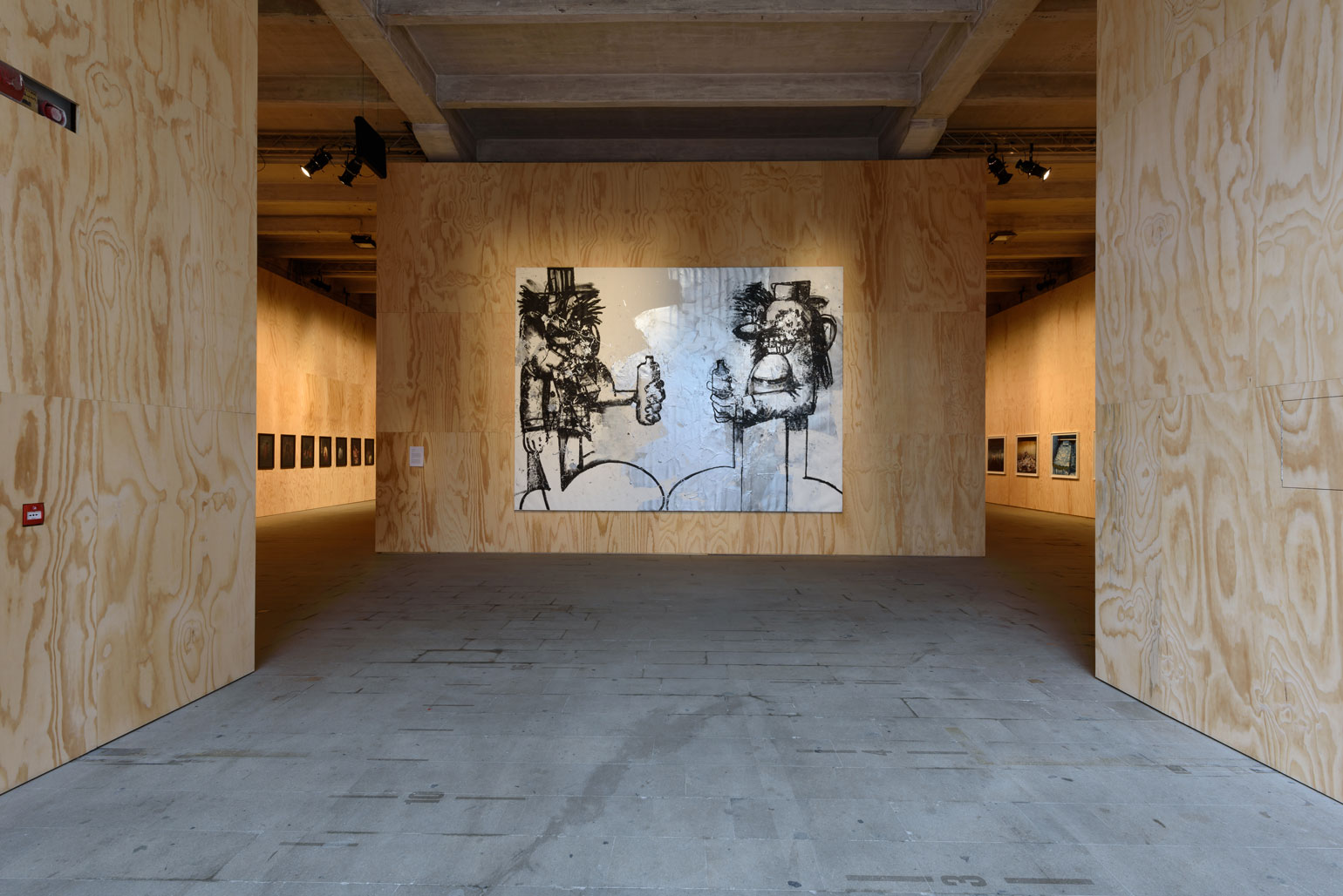
The concept of duality is a founding principle for Delvendahl Martin Architects’ (DMA) design for the Venice Biennale’s main exhibition. It is informed by Ralph Rugoff’s curatorial vision, which embodies what he terms a ‘split personality’ by representing all 79 artists both in the relatively traditional confines of the Giardini’s Central Pavilion, and the expansive industrial setting of the Corderie in the Arsenale. Visitors have the chance to view the artists’ work in two entirely different contexts.
This isn’t the first time DMA has collaborated with Rugoff to create an exhibition experience based on dualism. Back in 2015 the practice – which featured in the Wallpaper* Architects Directory in 2015 – conceived Carsten Höller’s ‘Decision’ at the Hayward Gallery (Rugoff is director), where visitors were invited to explore a range of environments (including two huge slides) that presented a choice with two possible outcomes.

Architectural model of the Arsenale exhibition design.
The same principle is employed in the Central Pavilion via the production of two entryways, forcing visitors to make their own assessment as to how best to explore the exhibition. All other interventions are freestanding, which promotes organic routes through the show, as opposed to one didactic narrative.
While the Central Pavilion presents a conventional set-up of whitewashed walls and natural light, the distinct architectural prowess of the Corderie prompted an entirely different approach. The 317-metre-long former rope factory features enormous eaves, raw stonework and two rows of colossal brick columns, which could easily be in danger of overpowering or crowding the work on display. However, DMA was keen to celebrate the existing architecture and root the artists’ worth within it. The result is a series of constructions made from locally sourced plywood, which recall the Arsenale’s rich shipbuilding heritage.

Architectural model of the Arsenale exhibition design, detail view.
While one might assume that such a ubiquitous material would appear transient or insubstantial when pitted against such an industrial backdrop, DMA manage to anchor its presence with broad, bold shapes that form plinths, panels and false walls, all designed to work in dialogue with the size and scale of the work on show. DMA refers to this as a ‘rhythmic flow’ of spaces that once again encourages autonomous discovery, as opposed to linear wayfinding.
In most cases, the plywood is also left in its raw state, which offers a warmth that is the antithesis of a sterile white cube, and ultimately mimics elements of the stonework. It is arguably most effective in supporting Njideka Akunyili Crosby’s stunning monochromatic portraits, which pop against the wood grain, and Martine Gutierrez’s photo series Indigenous Woman, where the roughly hewn texture of the wood seems pleasingly at odds with her slick, surreal poolside imagery.
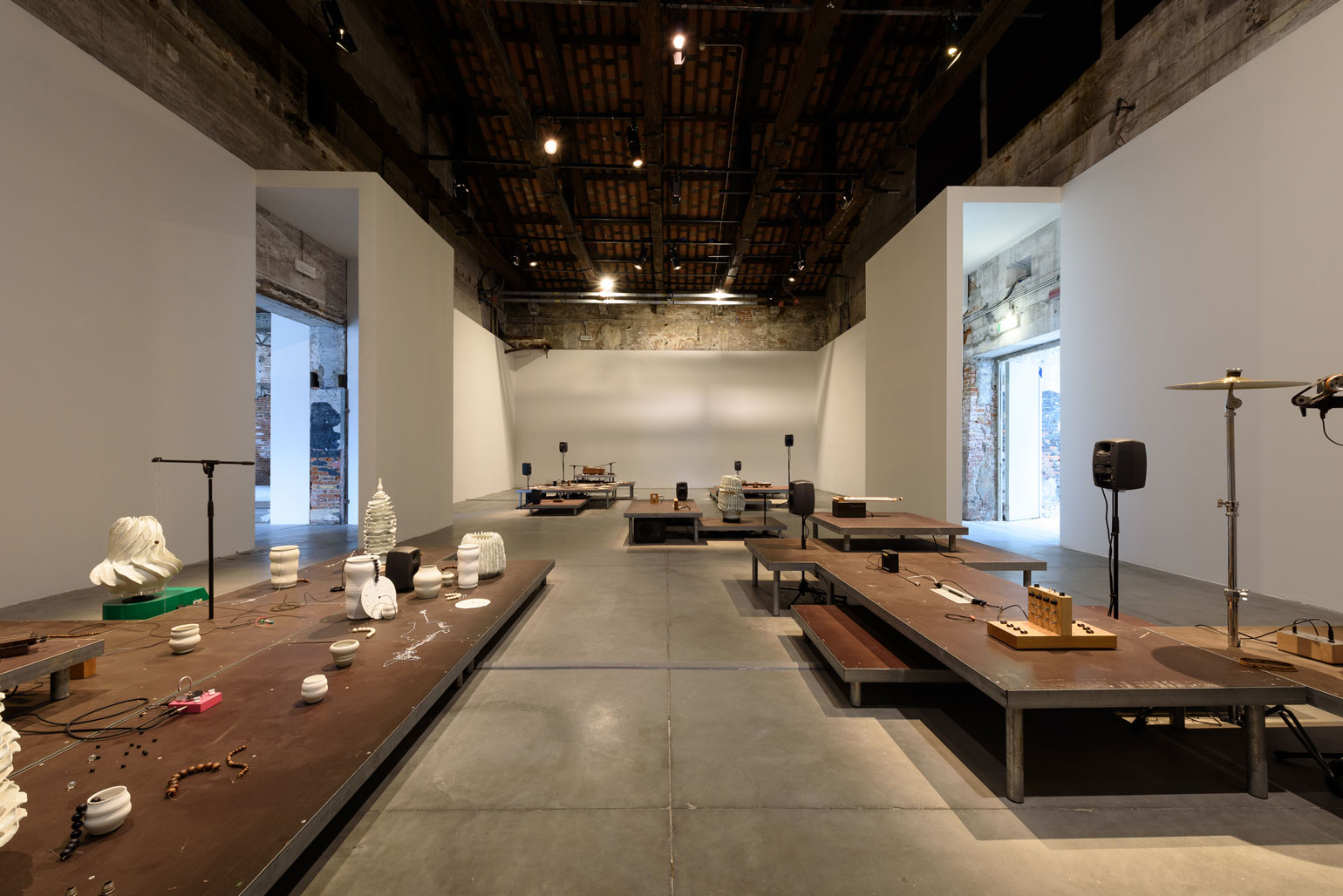
Multiple works including The Ground, 2018; The Motorized Bow, 2014-16, and more by Tarek Atoui.Courtesy La Biennale di Venezia.
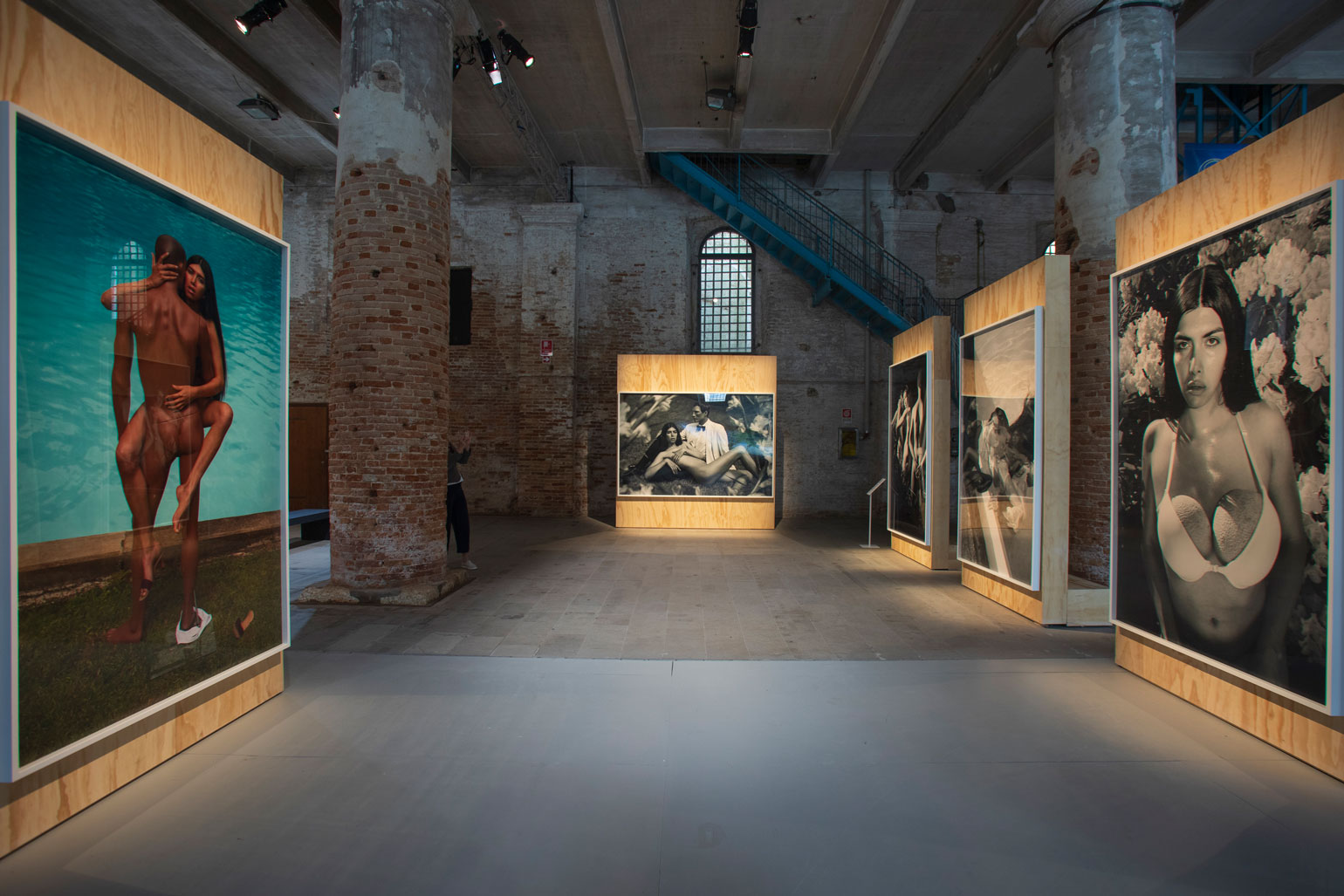
From left, Body En Thrall, p120 from Indigenous Woman, 2018; Body En Thrall, p114-115 from Indigenous Woman, 2018; Body En Thrall, not in magazine, related to p110 from Indigenous Woman, 2018; Body En Thrall, p113 from Indigenous Woman, 2018; Body En Thrall, p112 from Indigenous Woman, 2018, all by Martine Gutierrez.Courtesy La Biennale di Venezia.

data-verse 1, by Ryoji Ikeda, 2019.Courtesy La Biennale di Venezia.

Body En Thrall, p114-115 from Indigenous Woman, by Martine Gutierrez, 2018.Courtesy La Biennale di Venezia.
INFORMATION
‘May You Live In Interesting Times’ is on view until 24 November. For more information, visit the Delvendahl Martin Architects website and the Venice Biennale website
Receive our daily digest of inspiration, escapism and design stories from around the world direct to your inbox.
-
 Debuts, dandies, Demi Moore: 25 fashion moments that defined 2025 in style
Debuts, dandies, Demi Moore: 25 fashion moments that defined 2025 in style2025 was a watershed year in fashion. As selected by the Wallpaper* style team, here are the 25 moments that defined the zeitgeist
-
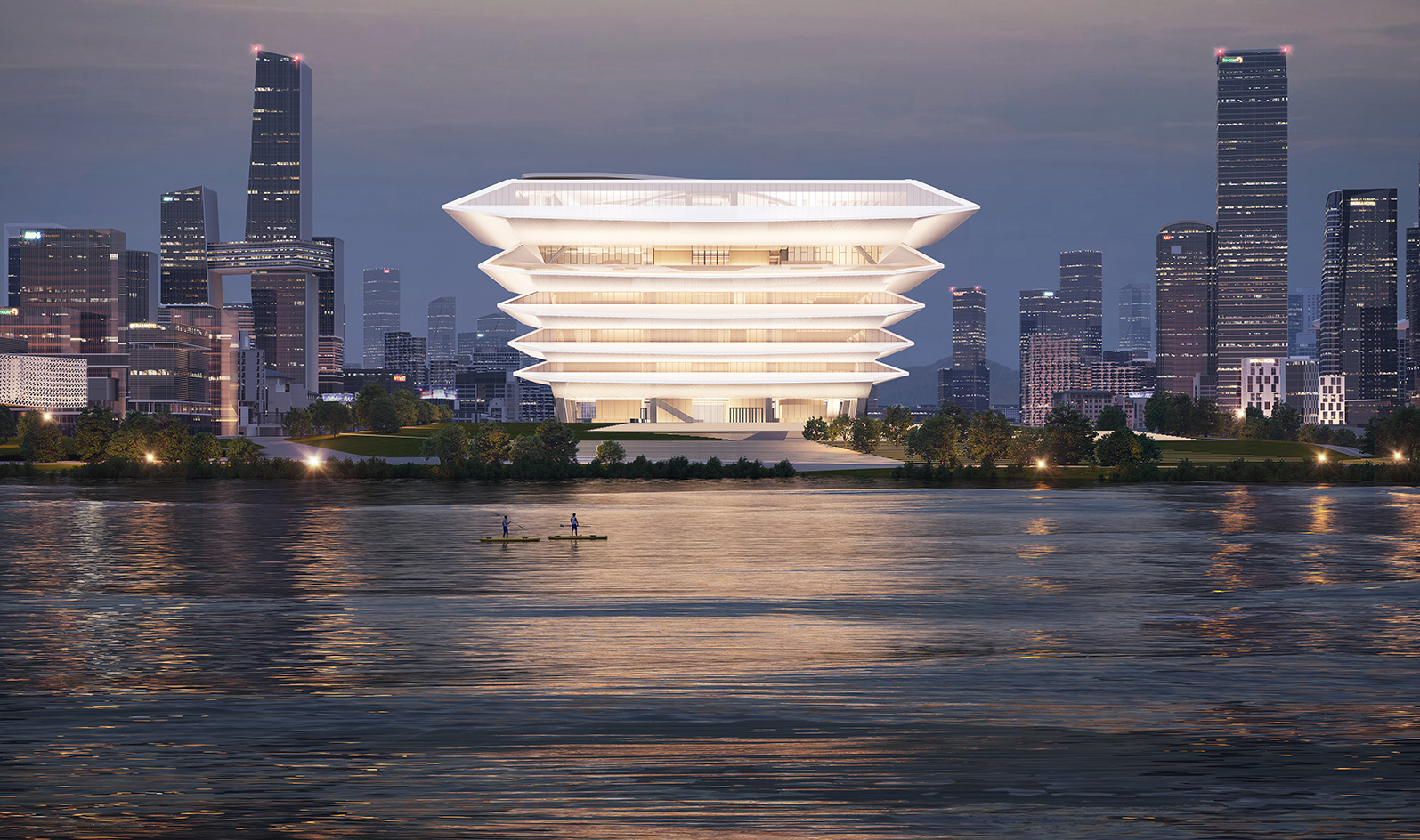 The RIBA Asia Pacific Awards reward impactful, mindful architecture – here are the winners
The RIBA Asia Pacific Awards reward impactful, mindful architecture – here are the winnersThe 2025 RIBA Asia Pacific Awards mark the accolade’s first year – and span from sustainable mixed-use towers to masterplanning and housing
-
 Holland & Holland's Range Rover is outstanding in its field: shoot the breeze in style
Holland & Holland's Range Rover is outstanding in its field: shoot the breeze in styleCan you spare half a million pounds for a glorified four-wheeled gun cabinet? If so, the Range Rover Holland & Holland Edition by Overfinch might be the perfect fit
-
 A forgotten history of Italian artists affected by the HIV-AIDS crisis goes on show in Tuscany
A forgotten history of Italian artists affected by the HIV-AIDS crisis goes on show in Tuscany‘Vivono: Art and Feelings, HIV-AIDS in Italy. 1982-1996’, at Centro per l'Arte Contemporanea Luigi Pecci in Prato delves into the conversation around the crisis
-
 Venice Film Festival brings auteurs, daring debuts and unforgettable stories
Venice Film Festival brings auteurs, daring debuts and unforgettable storiesVenice Film Festival is in full swing – here are the films shaping up to be the year's must-sees
-
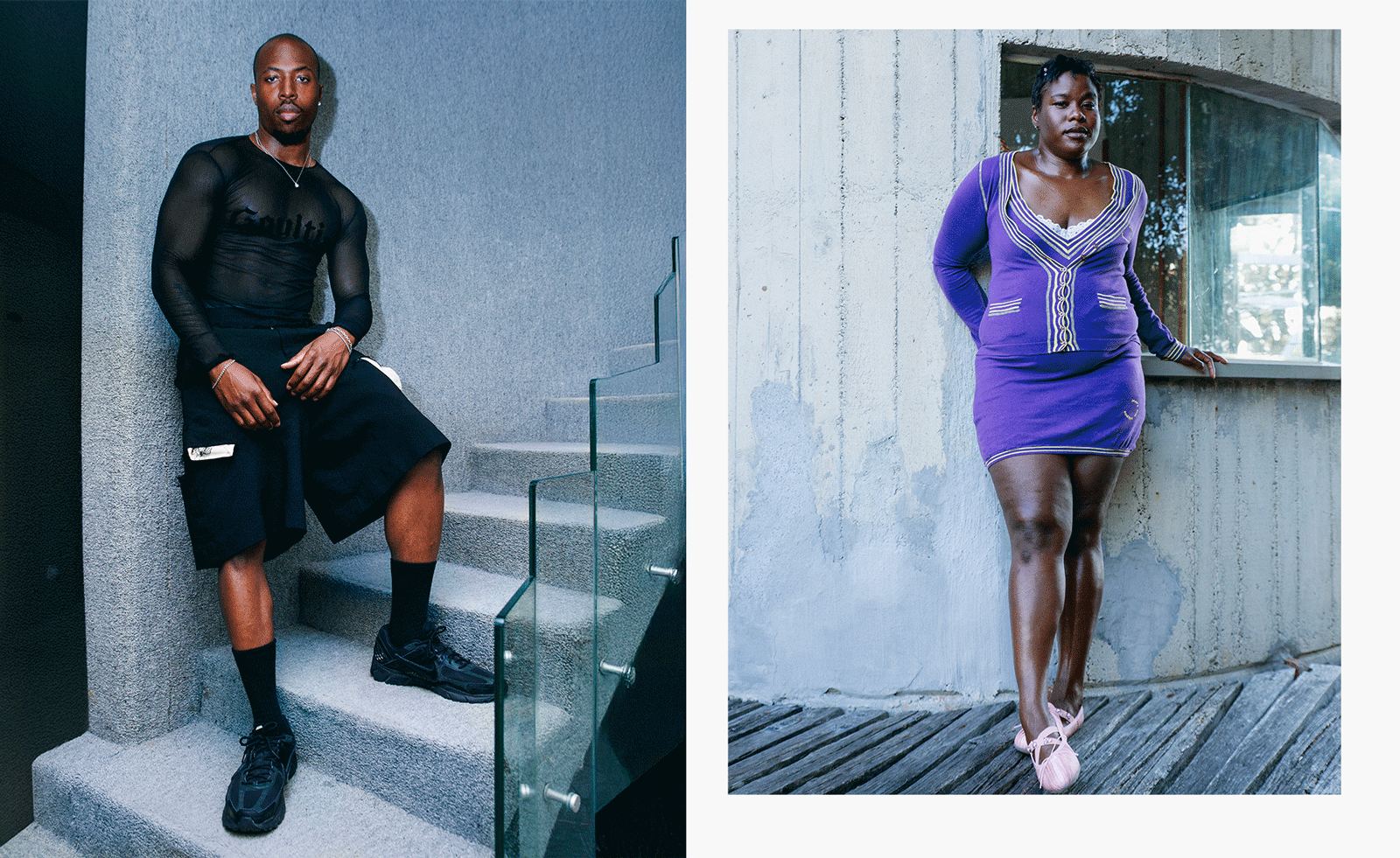 Creativity and rest reign at this Tuscan residence for Black queer artists
Creativity and rest reign at this Tuscan residence for Black queer artistsMQBMBQ residency founder Jordan Anderson sparks creativity at his annual Tuscan artist residency. Wallpaper* meets him to hear about this year's focus.
-
 Photographer Mohamed Bourouissa reflects on society, community and the marginalised at MAST
Photographer Mohamed Bourouissa reflects on society, community and the marginalised at MASTMohamed Bourouissa unites his work from the last two decades at Bologna’s Fondazione MAST
-
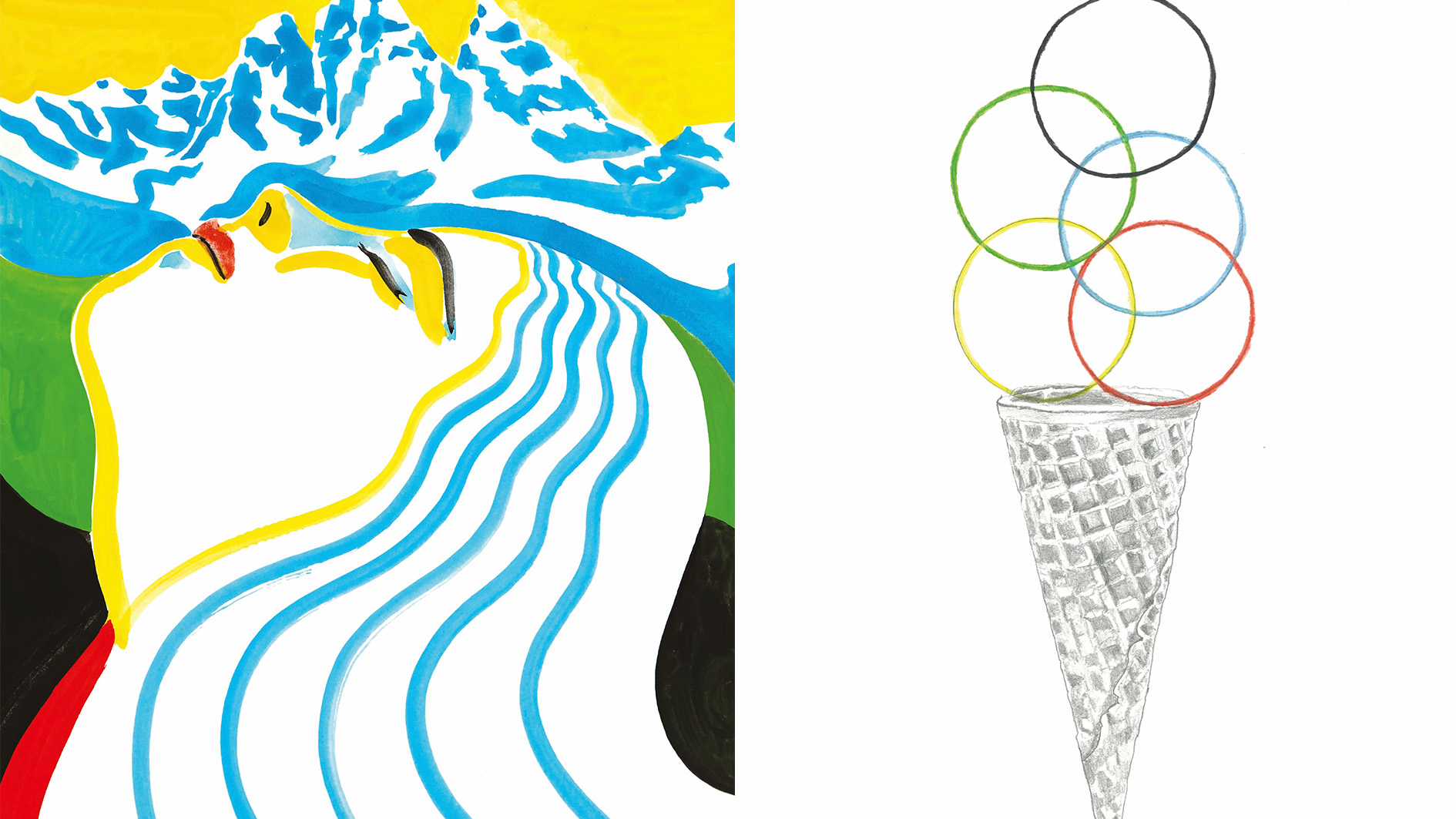 Ten super-cool posters for the Winter Olympics and Paralympics have just been unveiled
Ten super-cool posters for the Winter Olympics and Paralympics have just been unveiledThe Olympic committees asked ten young artists for their creative take on the 2026 Milano Cortina Games
-
 ‘Water is coming for the city, how do we live with that?’ asks TBA21 in Venice
‘Water is coming for the city, how do we live with that?’ asks TBA21 in VeniceArt advocacy and activism platform TBA21's Venetian project, Ocean Space, addresses the climate issues the city is facing
-
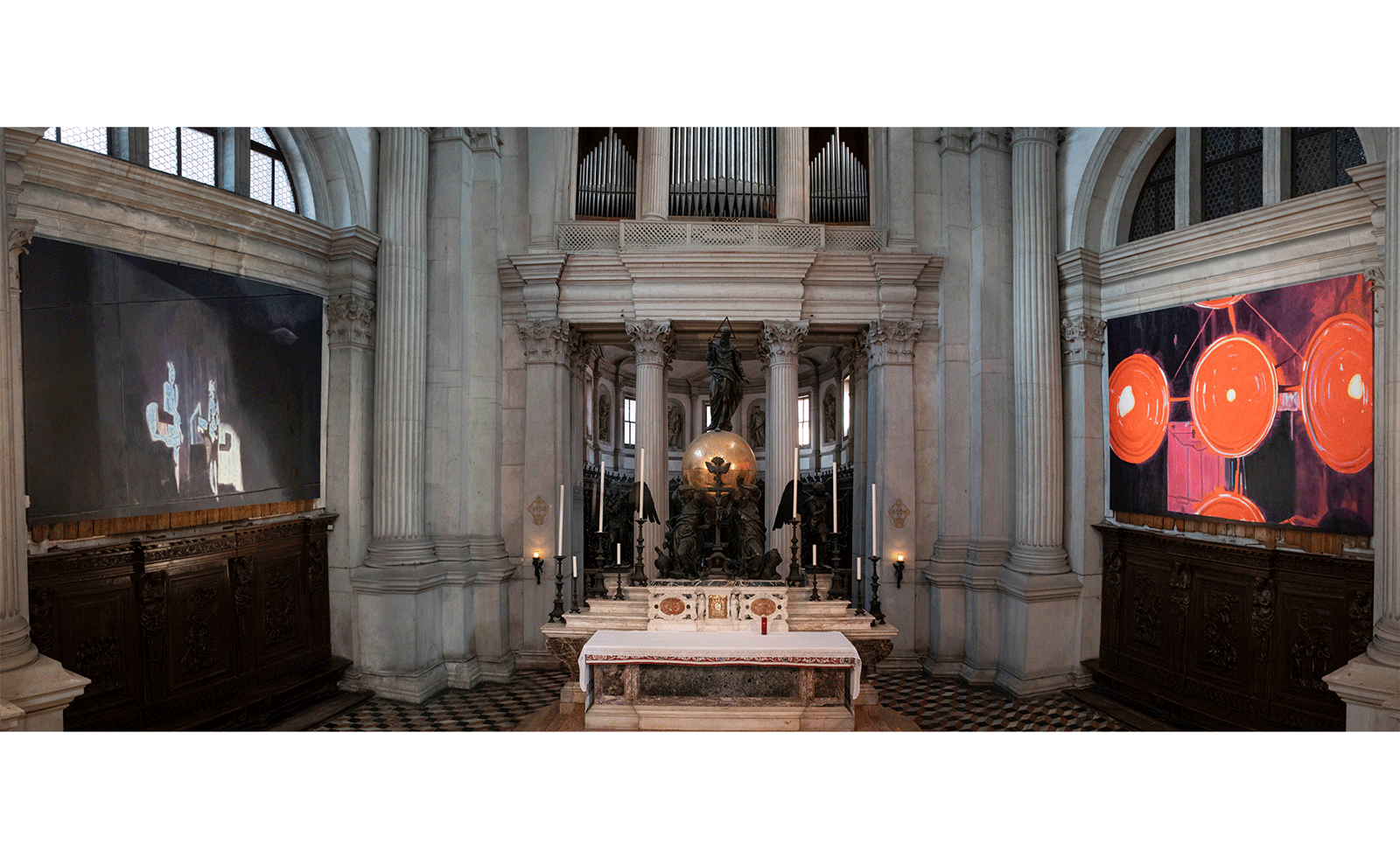 Luc Tuymans debuts his largest ever paintings at Venice’s majestic San Giorgio Maggiore Basilica
Luc Tuymans debuts his largest ever paintings at Venice’s majestic San Giorgio Maggiore BasilicaLuc Tuymans is the latest artist to be commissioned by San Giorgio to present work inside its famous space
-
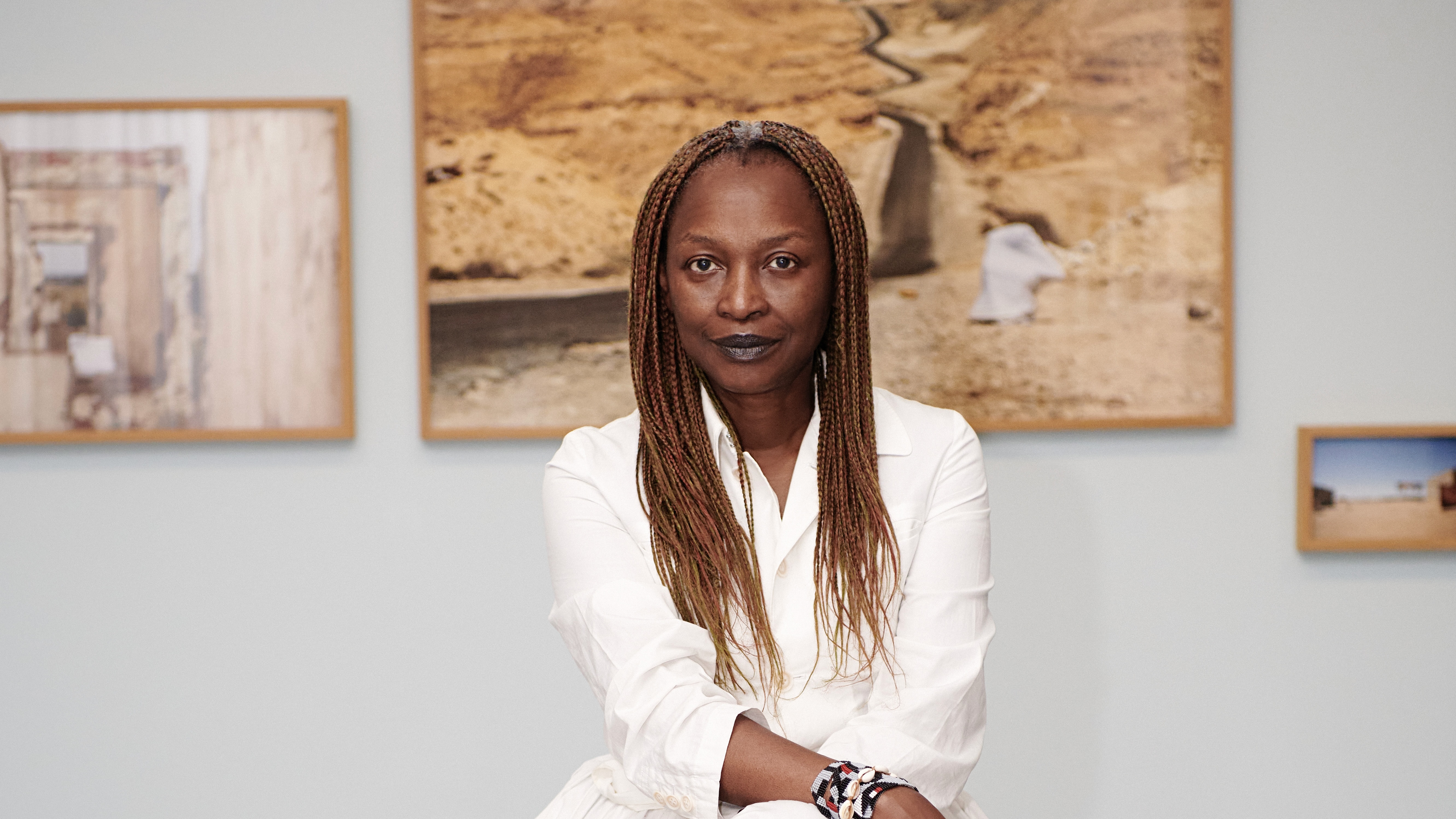 Remembering Koyo Kouoh, the Cameroonian curator due to lead the 2026 Venice Biennale
Remembering Koyo Kouoh, the Cameroonian curator due to lead the 2026 Venice BiennaleKouoh, who died this week aged 57, was passionate about the furtherance of African art and artists, and also contributed to international shows, being named the first African woman to curate the Venice Biennale